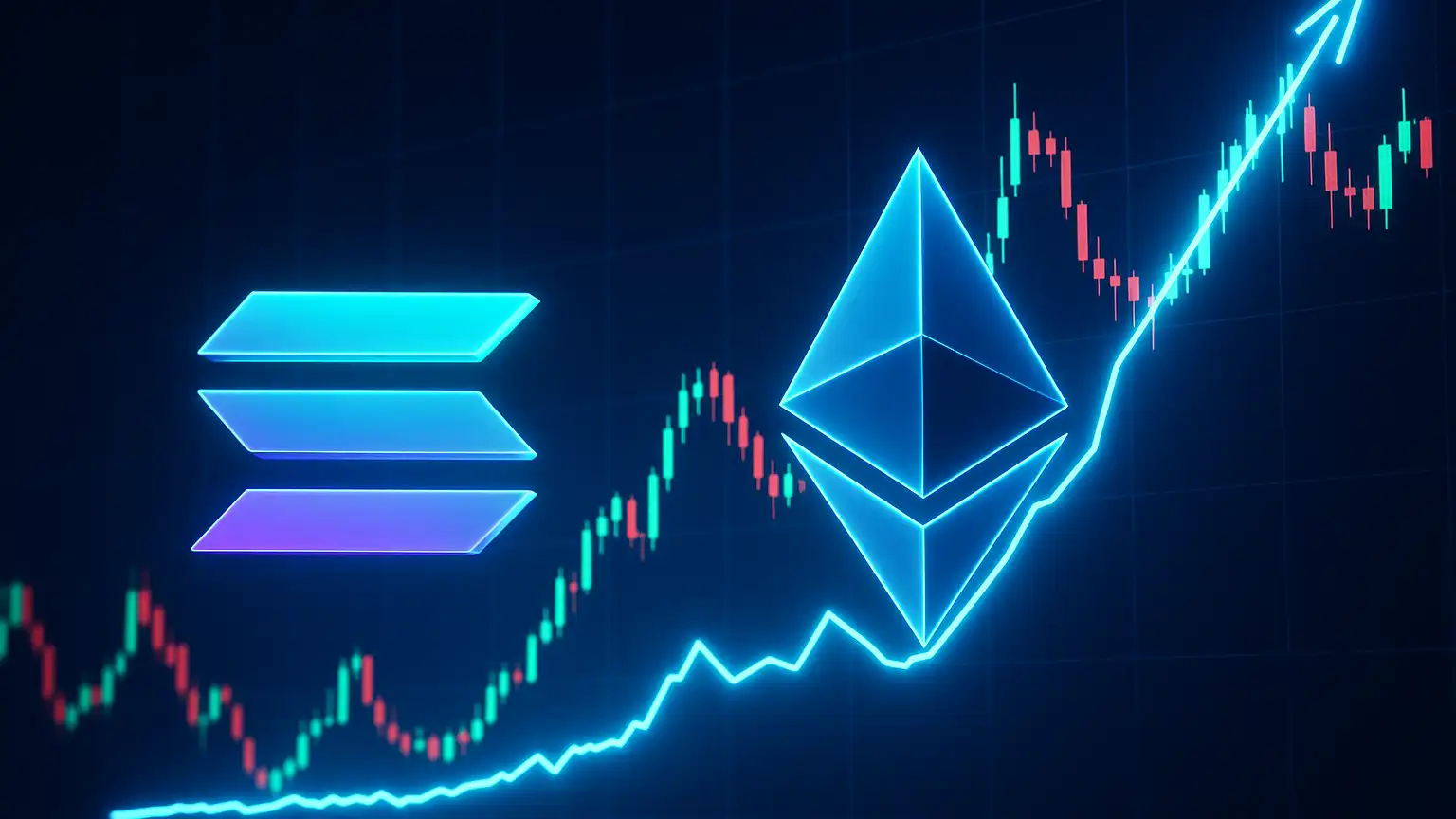The Rise of Solana: Beyond Ethereum’s Early Growth
Unprecedented Revenue Milestones
Solana’s trajectory in recent years has caught the crypto world by surprise, with its revenue engine not only maturing at breakneck speed but also outpacing the early markers set by Ethereum. The blockchain space is no stranger to rapid developments and intense competition; however, Solana’s ability to capture diverse on-chain revenue streams positions it distinctively. Capitalizing on phenomena such as meme coin mania, expansive DeFi initiatives, AI enhancements, and tokenized real-world assets, Solana has managed to exploit avenues that Ethereum, during its formative years, couldn’t fully monetarily realize.
The Diverse Revenue Model
Diving deeper into Solana’s financial success, a recent report reveals that from October 2024 to September 2025, Solana generated approximately $2.85 billion in revenue, a figure that eclipses the early achievements of competitors in the blockchain space. Key to this success is Solana’s multifaceted revenue structure. Trading applications such as Photon and Axiom alone contributed $1.12 billion to this total, benefiting from an ecosystem that facilitates quick swaps and advanced execution with high-frequency trading. This illustrates Solana’s capability to support and foster a diverse range of financial activities, transforming it into a global hub akin to a 24/7 on-chain Nasdaq.
Strategic Adaptations and Innovations
Solana’s architecture, which can handle thousands of transactions per second with nominal fees, has been instrumental in attracting a wide array of decentralized finance (DeFi), AI, decentralized physical infrastructure networks (DePin), and tokenized asset applications onto its platform. Achieving what some established Web 2 giants have in terms of annual revenue, Solana’s innovative edge lies in its ability to support these varied applications. This capacity for high throughput and low-cost transactions is a significant departure from the congestion issues and elevated gas fees that plagued Ethereum in its early stages, allowing for more robust financial participation and activity.
Comparing Solana and Ethereum’s Early Phases
In juxtaposing Solana’s and Ethereum’s initial growth years, the contrast is strikingly clear. Solana’s monthly revenues today dwarf Ethereum’s early figures by more than 50 times, reflecting a substantial leap in blockchain utility and adoption. Ethereum, between 2019 and 2020, averaged less than $10 million monthly—a period marked by network congestion and a nascent DeFi landscape, which restricted more significant financial throughput. Solana, conversely, has leveraged its architectural strengths to fulfill a variety of blockchain demands early in its timeline, allowing it to capture a multitude of revenue-generating activities from the onset.
A Rapid Rise to Prominence
Solana’s robust network, showcasing daily active addresses in excess of 1.2 to 1.5 million, not only highlights an engaged user base but also indicates confidence in its infrastructural strengths. This follows years of substantial growth; just two years prior, from October 2022 to September 2023, the network’s revenue was a modest $13 million. This explosive 220x increase underscores a transition from an experimental phase fraught with skepticism to a thriving, commercially viable ecosystem. The shift is further evidenced by heightened institutional interest, with over $3 billion in SOL now residing on public company balance sheets.
The Role of Institutional Trust
The influx of institutional investments signals a broader acceptance and trust in Solana’s potential. Organizations such as Forward Industries, Pantera Capital, and Brera Holdings now hold significant stakes in Sol, a move indicative of the blockchain’s stable and promising future. The rapid adoption and subsequent integration of Solana into institutional portfolios highlight its competitive edge and the potential to remain a pivotal player in the blockchain space for years to come.
Concluding Thoughts: Solana’s Path Forward
The progression of Solana from a nascent blockchain to a robust, revenue-generating platform exemplifies the dynamic nature of the crypto industry. Its ability to outstrip Ethereum’s early growth by leveraging high-speed transactions, low operational costs, and a diversified application environment provides a model of how innovative technology can reshape financial ecosystems. As Solana continues to build upon its solid foundation, it will likely explore new opportunities for growth and expansion, setting a benchmark for future blockchain innovations.



